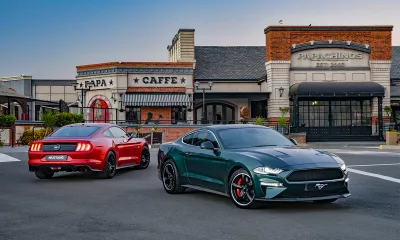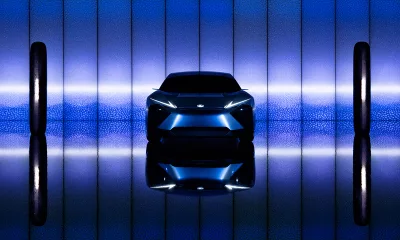
Like the news that the next season of your favourite television series is only scheduled for 24-months’ time, fans of the evergreen Isuzu brand would have let out a collective groan with the announcement this week that the next-generation D-Max is only set to arrive in South Africa in the second half of 2021.
Unlike that television show that often struggles to live up to its hype, the all-new Isuzu looks set to improve on the aging current version in nearly every department.
Far from being delayed, however, Isuzu South Africa is instead excited that the new D-Max is being carefully readied for full production at the brand’s Struandale plant, in Port Elizabeth. This includes a R1,2-billion investment into the planning and tooling process, as well as rigorous testing of the product as it is currently leaves its Thailand-based plant in order to best “customise” the new bakkie for South African (and greater-African) conditions.
Following the exit of GM from our market, Isuzu South Africa were quick to begin conversations with the brand’s Japanese head office with a view to securing this popular maker’s future here. By this stage, planning around the new D-Max was already in full swing and any new agreement with South Africa would inevitably mean any allocation of the new bakkie to our shores would fall at the back of the queue.
Local investment aside, the positive news resulting from the new agreement (signed on 1 January 2018) sees Isuzu South Africa become the first wholly-owned subsidiary of Isuzu Motors Limited outside of Japan. This close working relationship has allowed far more freedom of ideas and shared local knowledge with the brand’s head office than before and should reap some impressive results in terms of the localization of the product for the South African market.
While the current D-Max range (with recently-introduced automatic-transmission derivatives within the popular 250 D-TEC range) currently commands an impressive 15,7-percent of the segment locally, Isuzu South Africa is currently running a handful of examples of the all-new version in local conditions (including benchmarking it against the likes of the Ford Ranger, Volkswagen Amarok and Toyota Hilux) so as to best understand any changes that may/will need to be made before the first vehicle leaves the plant next year. These upgrades aside, Dominic Rimmer, senior vice-president for technical operations at Isuzu SA already confirmed that the buyers can expect vastly improved levels of NVH, as well as an altogether more refined ride quality across the new range.




